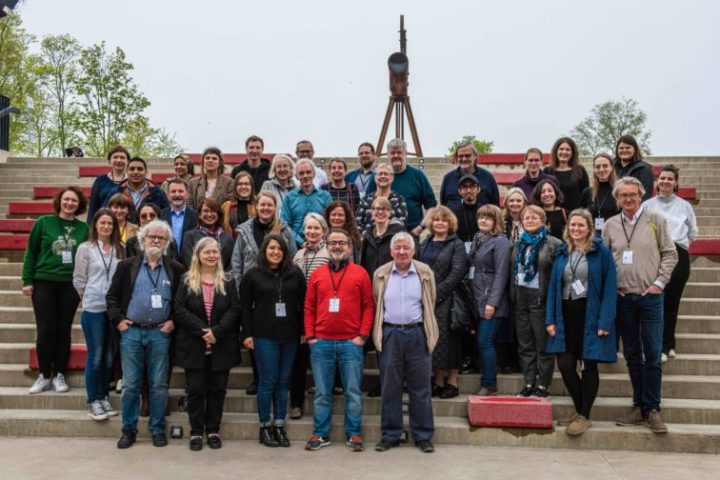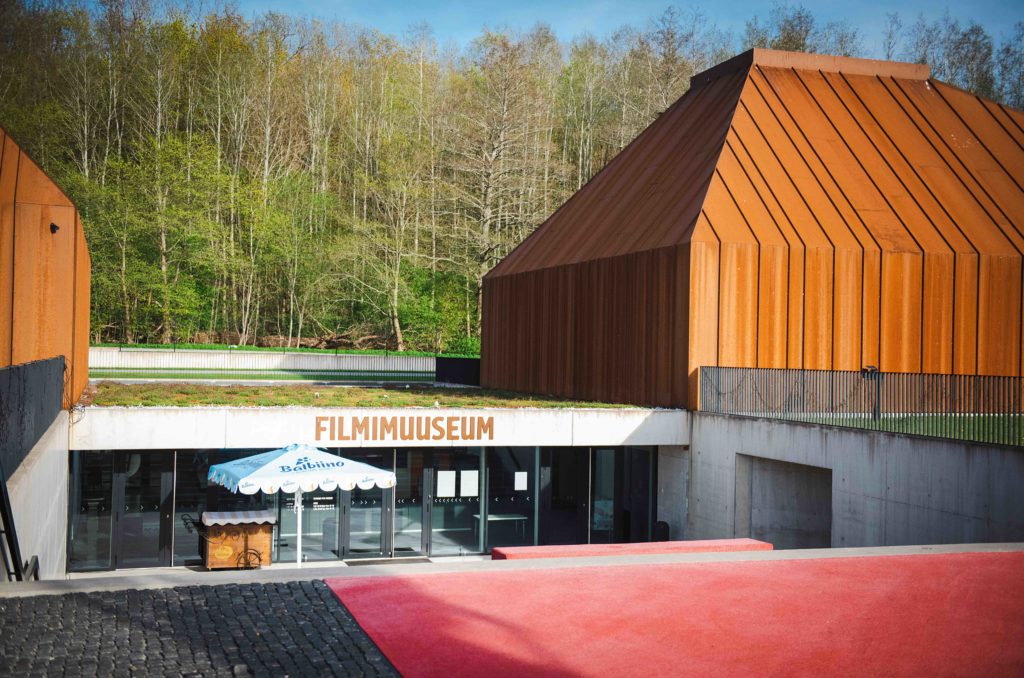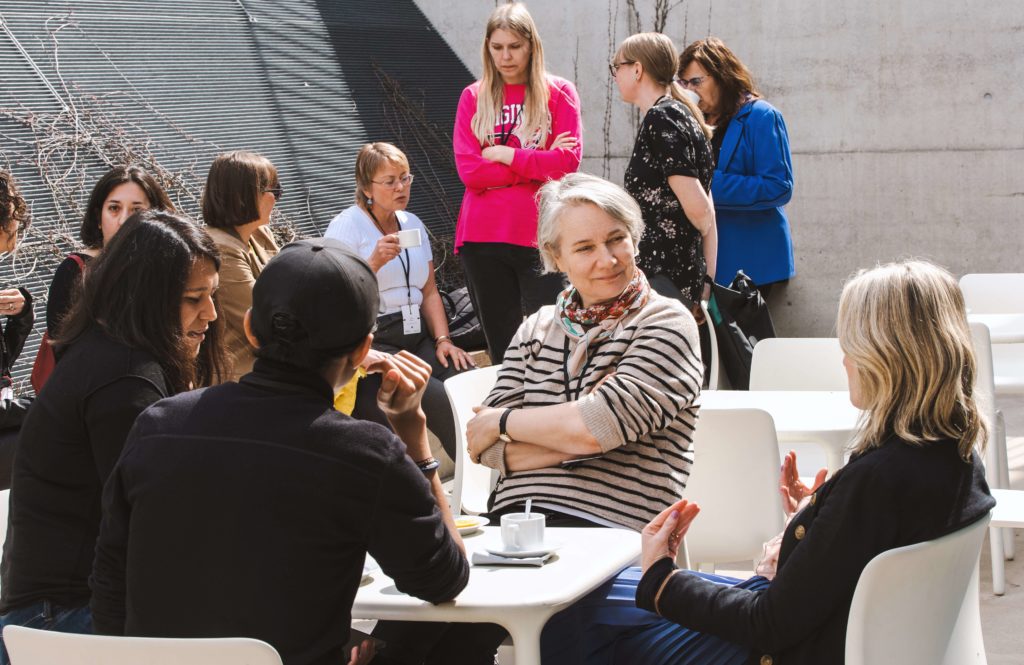July 14, 2022
CIDOC conference in Tallinn, May 22–27 Conference

CIDOC 2021 conference organising committee is highly grateful to all presenters, participants and partners for their contribution to a successful 6-day conference in Tallinn, Estonia. We hope the destination and visits made for an unforgettable experience and the LOC is always happy to welcome you back in Estonia.
Topics and presentations
While the main topics of planning and implementing strategies, the future of documentation and a wonderland of digital technology were chosen times ahead and were mainly focusing on seeking commonalities between museum documentation and technology, it was necessary to acknowledge the war happening in Ukraine and the direct danger to heritage at the war zones. Due to that a session concentrating on cultural heritage in crisis was added to the main programme.
Strategic planning enables a museum to work towards the same goals and makes progress easier to track. Every museum has strategic goals, but can these be achieved if it only relies on chance funding and episodic projects, or is a written long-term strategy mandatory? In order to achieve your digital goals you also need effective workflows, new skills and capacities. Under the theme of planning and implementing strategies the speakers for example opened up about monitoring digital transitions in a museum, digitising as a tool for making collections more visible for a wider audience, and how to handle intellectual property. Keynote speaker for the topic was Jill Cousins, Director and CEO of The Hunt Museum in Ireland, founder of Europeana and her speech was about modern museums needing three platforms to operate on: physical, virtual and human.
CIDOC has always advocated for the use of standards. Documentation as an activity is changing – new approaches like crowdsourcing or story-telling as examples of event-based documentation are becoming more relevant. With vast amounts of data online, connecting intangible heritage with tangible requires re-evaluation of our methods of documentation. Presentations for the topic of the future of documentation explored for example handling data on the heritage field, the impact of digital methods on preservation, collaborative document management, getting artistic inspiration from digital archives, and much more.
Technology presents various opportunities but also raises obstacles. It requires balancing traditions and innovation, and it requires capacity to make right decisions and to realise them. For the topic of a wonderland of digital technology, speakers shared their experiences with chatbots, engagement practices, using algorithms, machine learning and artificial intelligence etc. The keynote speaker Indrek Ibrus, a Professor of Media Innovation at Tallinn University, spoke about Semantic Web and blockchains that have been claimed to constitute a new version of the internet – the Web 3.0.
To draw attention to the current heritage management situation in Ukraine due to Russian aggression, we included a separate conference session and panel on the topic of cultural heritage protection in crisis. A presentation about the 4CH EU project and the SUM (Save the Ukraine Monuments) initiative was given by professor Franco Niccolucci. The initiative aims to duplicate all the digital documents locally available on safe servers in the EU, to preserve them and return them to the legitimate owners when peace will be re-established. Project administrator from SUCHO (Saving Ukrainian Cultural Heritage Online), Quinn Dombrowski, gave an overview of the actions of the group of more than 1,300 cultural heritage professionals – librarians, archivists, researchers, programmers – working together to identify and archive at-risk sites, digital content, and data in Ukrainian cultural heritage institutions while the country is under attack. The keynote speaker Aparna Tandon, Senior Programme Leader for Cultural Heritage in Time of Crisis, specialises in crisis response and disaster risk reduction for all forms of heritage. Her presentation was about safeguarding heritage in a digital domain in conflict situations, using case examples from Iraq, Syria, Yemen and Ukraine.
Conference in numbers
The conference in Tallinn was 31st in the long list of CIDOC annual conferences. The dates of occurrence do however mess up the statistics a bit, as the 2021 conference was moved to spring 2022 due to global pandemic.
Tallinn 2021 hosted 197 participants, including 98 people taking part online and 99 on site. 43 presentations were given, among which were three keynote speeches. We hosted 10 work group meetings and three panels.
Outside of conference sessions the participants visited five of exemplary Estonian museums, not including the visits on the post-conference tour to Tartu. These included the Estonian History Museum, Maritime Museum, Open Air Museum, Vabamu Museum of Occupations and Freedom and Kalamaja Museum. Extra opportunities in Tartu included Estonian National Museum and Tartu City Museum visits.
Participants came from 42 different countries from all continents except Antarctica. Nationality with most participants were Estonians, followed by Germans and Brazilians.
Around 69% hadn’t participated at CIDOC conference before, 14% had once before, 11 % two or three times before and for 6% of the participants it was their 4th or over CIDOC conference.
Participant feedback
Following the conference, the organising committee asked for participant feedback to improve the execution of following conferences. 18,8% of all participants filled the questionnaire, meaning definitive conclusions on number-based questions can’t be made, however the contribution of all respondents is highly appreciated.
Concerning the satisfactory levels of conference participants, 70,3% said they were very satisfied, 27% were satisfied and 2,7% were neutral. Feedback was most positive for the venue, online experience and communication and least positive for transportation and conference bags.
© Images: Local Organising Committee – CIDOC 2021


